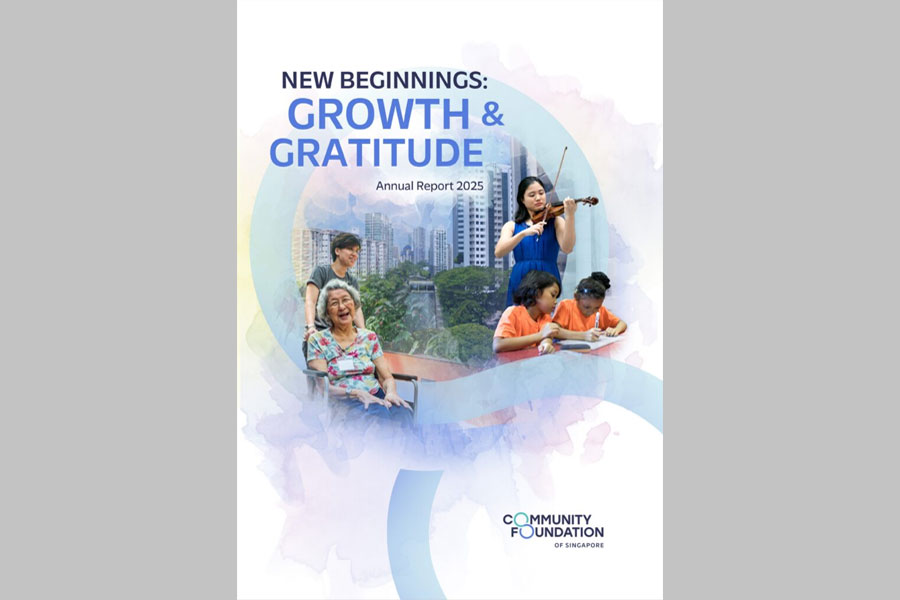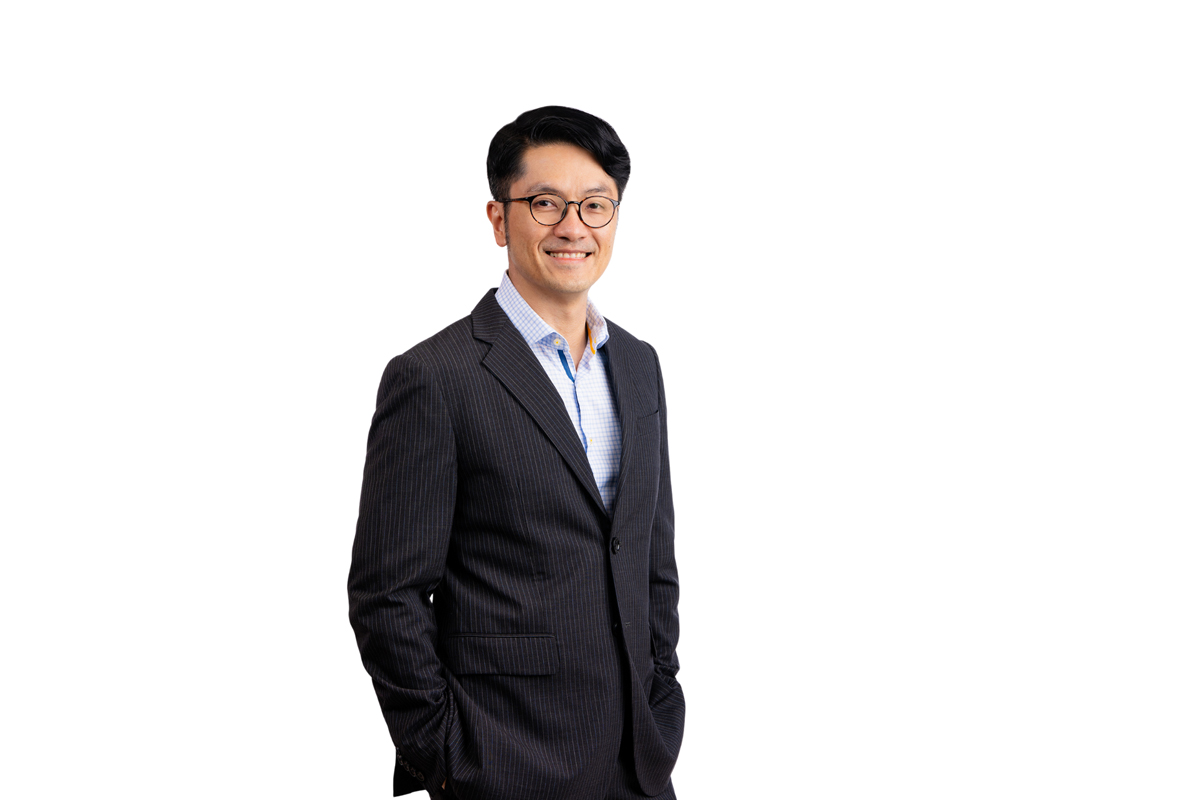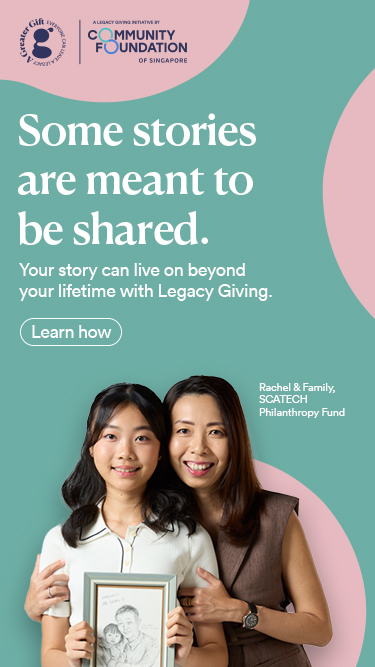The Community Foundation of Singapore to lead legacy giving initiative


The Community Foundation of Singapore (CFS) will be leading the legacy giving initiative and partnering with key stakeholders to grow the giving culture in Singapore.
As Singapore’s only community foundation, CFS is fortunate to build on over 11 years of experience, to bring donors, charities and other stakeholders together. Donors have already trusted CFS with over $160 million in donations. More than one-third of these are legacy gifts, which are used to support causes across different sectors, including health, education, research, arts, social and welfare services.
The three-year initiative, which will be launched in the latter half of 2020, aims to reach out to three audiences: donors, professional advisors and charities.
Legacy is a broad concept. Legacy gifts refer to planned, future donations. This could include cash, marketable securities, insurance policies, CPF monies and marketable assets such as real estate. Legacy gifts are far more than planned donations from a person’s assets after death. They can mark important moments in life and honour the memory and achievements of a loved one. Anyone can make a legacy gift.
Donors interested in making legacy gifts today want more knowledge to make informed choices and accountability for their gifts. CFS will address these needs by promoting awareness, building and sharing knowledge and supporting action. CFS will provide choices and trusted advice to make gifts meaningful and impactful for future generations.
We will also reach out to professional advisors on ways and tools to help their clients structure their giving. CFS will help charities tap into legacy giving to enable sustainability and augment service delivery to their beneficiaries.
“We look forward to working with partners to co-create the future and strengthen our culture of care. Together, we can dream of a future where thinking about one’s legacy and discussing planned gifts in everyday conversations are no longer the exception, but part and parcel of our giving culture,” said Catherine Loh, CEO of CFS.
The Community Foundation of Singapore (CFS) will be leading the legacy giving initiative and partnering with key stakeholders to grow the giving culture in Singapore.
As Singapore’s only community foundation, CFS is fortunate to build on over 11 years of experience, to bring donors, charities and other stakeholders together. Donors have already trusted CFS with over $160 million in donations. More than one-third of these are legacy gifts, which are used to support causes across different sectors, including health, education, research, arts, social and welfare services.
The three-year initiative, which will be launched in the latter half of 2020, aims to reach out to three audiences: donors, professional advisors and charities.
Legacy is a broad concept. Legacy gifts refer to planned, future donations. This could include cash, marketable securities, insurance policies, CPF monies and marketable assets such as real estate. Legacy gifts are far more than planned donations from a person’s assets after death. They can mark important moments in life and honour the memory and achievements of a loved one. Anyone can make a legacy gift.
Donors interested in making legacy gifts today want more knowledge to make informed choices and accountability for their gifts. CFS will address these needs by promoting awareness, building and sharing knowledge and supporting action. CFS will provide choices and trusted advice to make gifts meaningful and impactful for future generations.
We will also reach out to professional advisors on ways and tools to help their clients structure their giving. CFS will help charities tap into legacy giving to enable sustainability and augment service delivery to their beneficiaries.
“We look forward to working with partners to co-create the future and strengthen our culture of care. Together, we can dream of a future where thinking about one’s legacy and discussing planned gifts in everyday conversations are no longer the exception, but part and parcel of our giving culture,” said Catherine Loh, CEO of CFS.
- Related Topics For You: CHARITY STORIES, DONOR STORIES, DONOR-ADVISED FUND, HEALTH, LEGACY GIVING, NEWS, YOUTH



